Table of Contents
Peppers are more than just a seasoning—they're a global culinary treasure. From the fiery kick of chili peppers to the subtle heat of black pepper, each species brings its own unique flavor profile to the table. Understanding pepper species is essential for both amateur enthusiasts and professional chefs who want to elevate their cooking game.
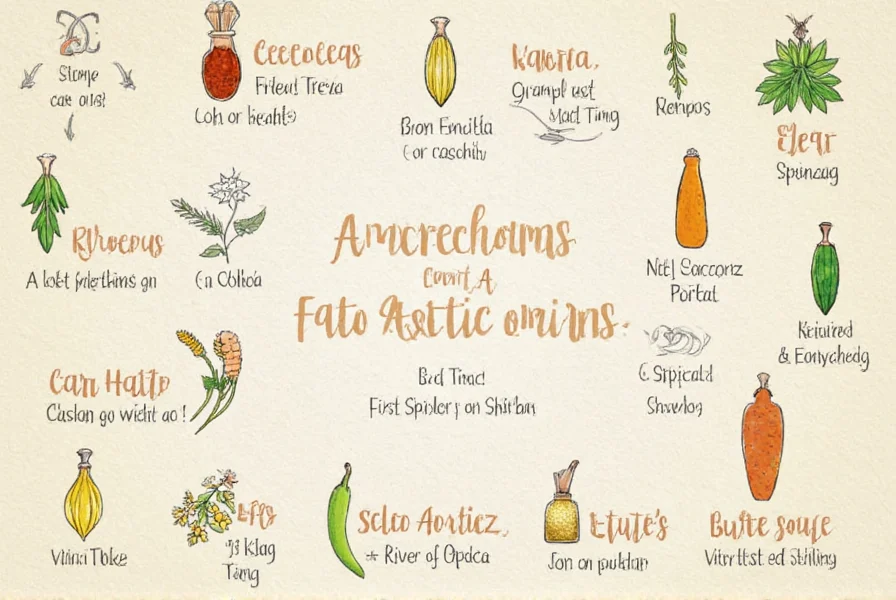
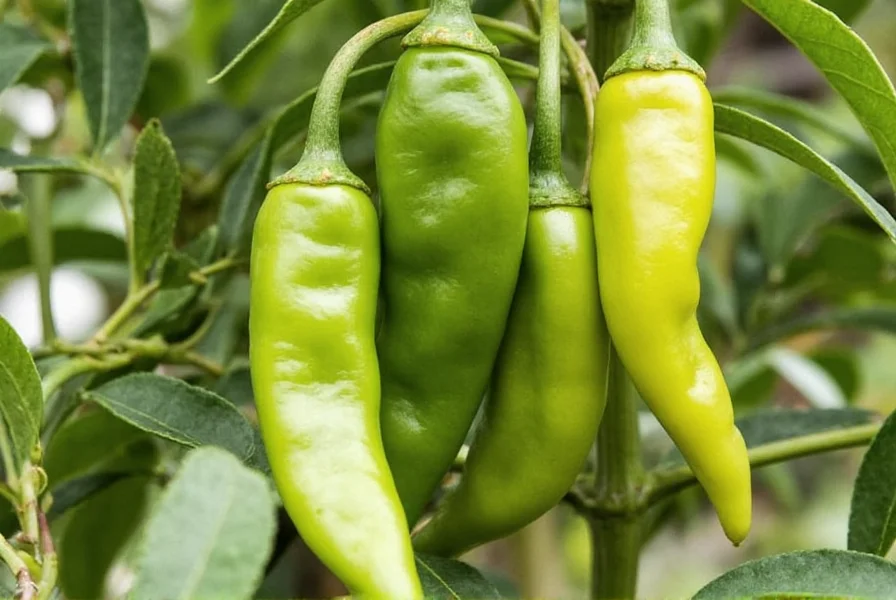
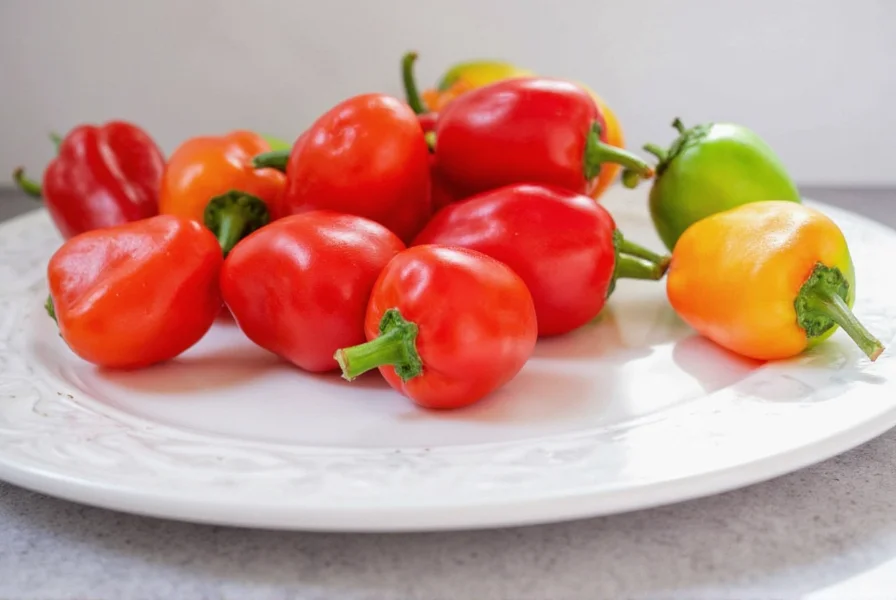
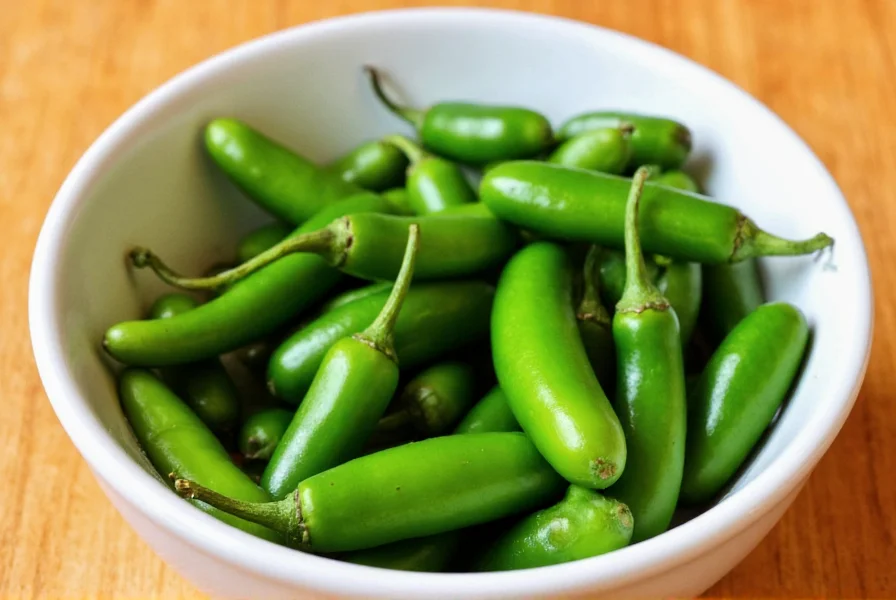
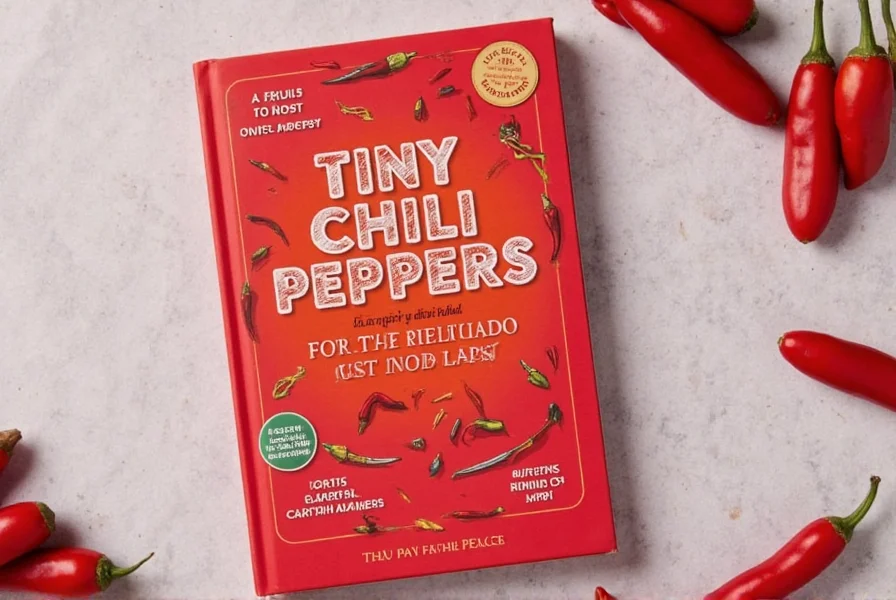
Whether you're looking to spice up your dishes or explore the world of spicy flavors, knowing which pepper species to use can make all the difference. In this guide, we'll dive into the most popular pepper species, offer practical tips on how to use them, and even give you a buying guide to help you choose the best ones for your needs.
| Pepper Species | Heat Level (Scoville) | Flavor Profile | Common Uses |
|---|---|---|---|
| Black Pepper | 0-500 SHU | Pungent, earthy, slightly sweet | General seasoning, meat, vegetables |
| White Pepper | 0-500 SHU | Milder, nutty, less sharp | Asian cuisine, soups, sauces |
| Green Pepper | 0-100 SHU | Crunchy, fresh, mild | Stir-fries, salads, roasting |
| Jalapeño | 2,500–8,000 SHU | Earthy, slightly sweet, tangy | Guacamole, salsa, tacos |
| Habanero | 100,000–350,000 SHU | Tropical, citrusy, floral | Hot sauces, salsas, desserts |
| Cayenne | 30,000–50,000 SHU | Sharp, pungent, smoky | Spicy dishes, sauces, rubs |
| Serrano | 10,000–25,000 SHU | Crunchy, slightly sweet, peppery | Chili con carne, salsa, grilling |
As you can see, the heat levels and flavors vary widely. Some are mild and versatile, while others pack a serious punch. It's important to understand these differences when choosing the right pepper for your recipe.
Practical Tips for Using Pepper Species
Whether you're a seasoned chef or a home cook, here are some practical tips to help you make the most out of different pepper species:
- Know the Heat Scale: Use the Scoville scale as a reference to determine how hot a pepper will be. This helps avoid accidentally over-spicing your dish.
- Use Fresh Over Dried: Fresh peppers often have a brighter, more vibrant flavor compared to dried versions. However, dried peppers like cayenne or paprika can add depth and complexity to sauces and stews.
- Roast for Depth: Roasting peppers can enhance their natural sweetness and add a smoky undertone. Try roasting jalapeños or bell peppers for a richer flavor.
- Balance the Heat: If a dish becomes too spicy, counteract it with something sweet (like honey or sugar), creamy (like yogurt or sour cream), or acidic (like lime juice).
- Experiment with Blends: Mix different pepper species to create custom heat levels and flavor profiles. For example, combining cayenne and habanero can result in a bold, tropical heat.
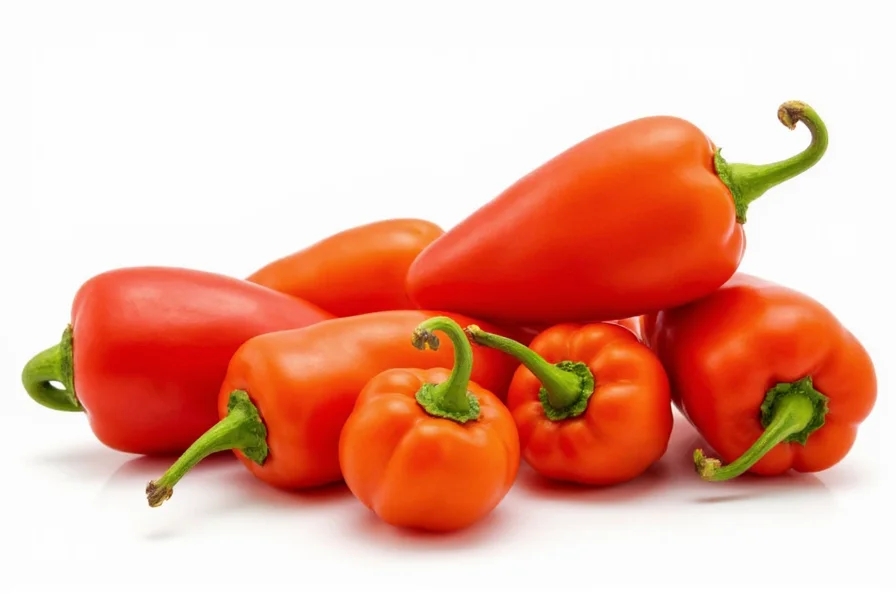
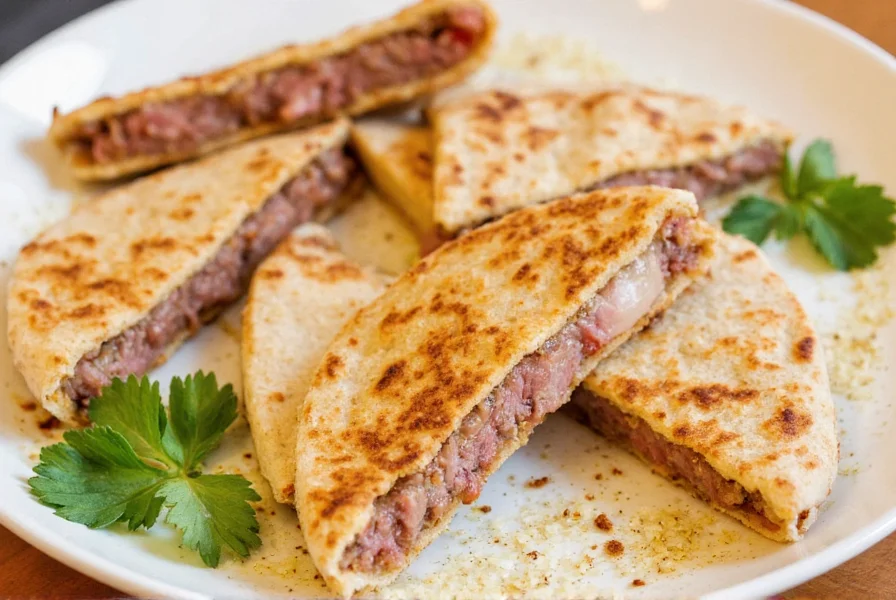
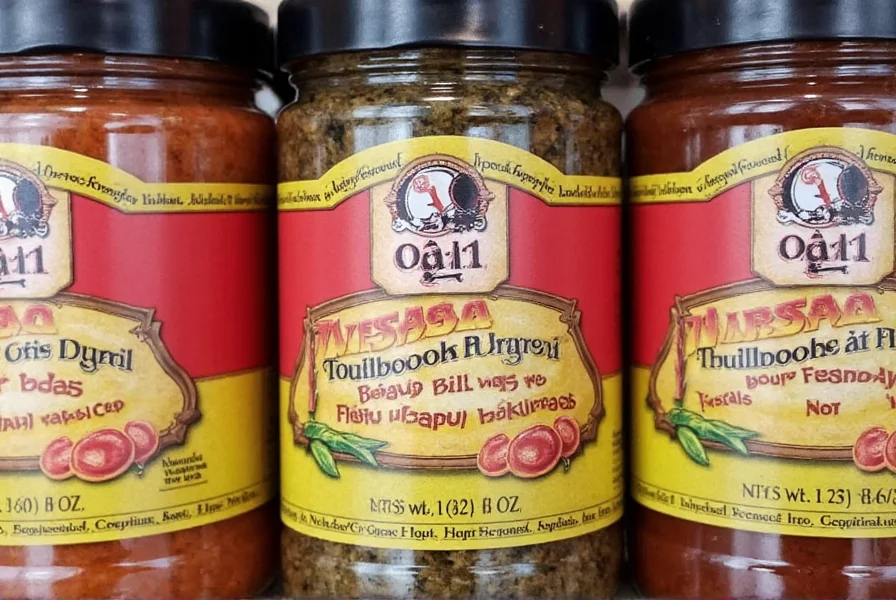
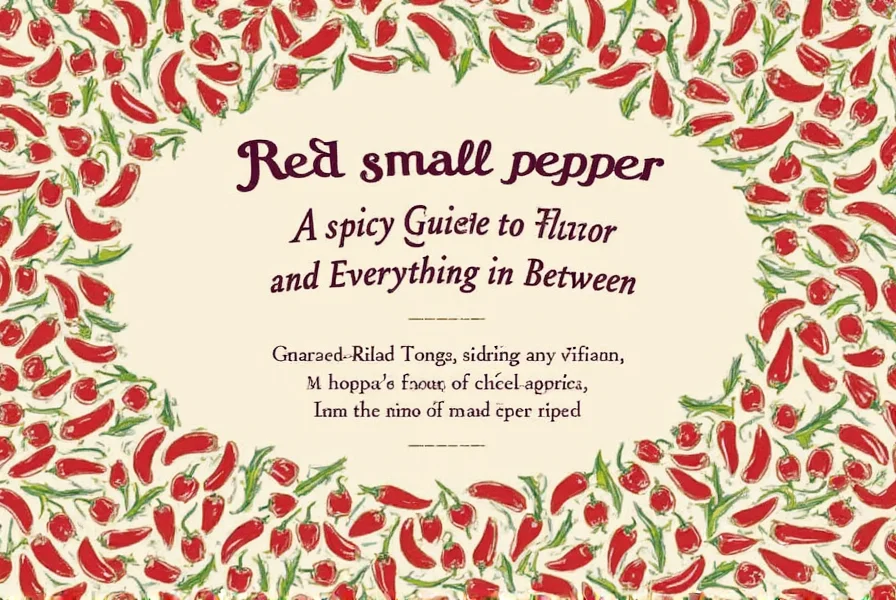
Remember, the key to great cooking is balance. Don't be afraid to experiment—your taste buds will thank you!
Buying Guide for Pepper Species
If you're looking to buy pepper species, whether for personal use or professional purposes, there are several factors to consider. Below is a detailed guide to help you choose the right product for your needs:
1. Black Pepper
Features: Ground or whole peppercorns, available in various sizes.
Advantages: Adds a classic, pungent flavor to almost any dish.
Use Cases: Ideal for seasoning meats, vegetables, and soups.
Target Audience: Home cooks, professional chefs, and food lovers.
Suitable Occasions: Everyday meals, special occasions, and gourmet cooking.
2. Habanero Peppers
Features: Small, orange or red peppers known for their intense heat.
Advantages: Offers a unique tropical flavor that enhances hot sauces and salsas.
Use Cases: Hot sauces, salsas, marinades, and desserts.
Target Audience: Spicy food lovers, experimental chefs, and hot sauce enthusiasts.
Suitable Occasions: Summer barbecues, Mexican feasts, and spicy food challenges.
3. Cayenne Pepper
Features: Dried and ground red peppers with a consistent heat level.
Advantages: Versatile and easy to use in both cooking and baking.
Use Cases: Spicy dishes, sauces, rubs, and even some baked goods.
Target Audience: Chefs, home cooks, and those who enjoy a bit of heat.
Suitable Occasions: Holiday meals, spicy snacks, and adventurous eating.
4. Serrano Peppers
Features: Medium-sized, green peppers with a crisp texture.
Advantages: Provides a balanced heat with a slight sweetness and peppery bite.
Use Cases: Salsa, chili con carne, and grilled dishes.
Target Audience: Fans of Mexican cuisine, health-conscious individuals, and casual cooks.
Suitable Occasions: Family dinners, parties, and weekend grilling.
5. Green Bell Peppers
Features: Mild, crunchy, and colorful.
Advantages: Adds freshness and crunch without much heat.
Use Cases: Salads, stir-fries, roasting, and stuffing.
Target Audience: Health-focused individuals, vegetarians, and those who prefer milder flavors.
Suitable Occasions: Light lunches, healthy meals, and family gatherings.
When shopping for pepper species, always look for fresh, high-quality products. Store them properly to maintain their flavor and potency. Whether you're buying whole peppers, ground spices, or ready-made sauces, choosing the right variety will ensure a delicious outcome every time.
Frequently Asked Questions About Pepper Species
What are the 5 most essential pepper species for elevating culinary skills?
Based on versatility and culinary impact, the 5 most essential pepper species are:
- Black Pepper - The universal seasoning with earthy, pungent notes
- Jalapeño - Offering moderate heat with earthy, slightly sweet flavor
- Habanero - For tropical heat with citrusy, floral notes
- Cayenne - Providing consistent medium-high heat with smoky depth
- Serrano - Delivering crisp heat that works well raw or cooked
These five cover a wide range of heat levels and flavor profiles that can enhance virtually any cuisine.
How can I safely handle extremely hot peppers like habaneros?
When handling very hot peppers:
- Wear gloves to prevent capsaicin from irritating your skin
- Avoid touching your face, especially eyes
- Wash hands thoroughly with soap and water afterward
- Consider using kitchen tools rather than fingers to handle the peppers
- If you get pepper juice in your eyes, flush with milk (not water) as capsaicin is fat-soluble
What's the difference between black pepper and chili peppers?
Black pepper (Piper nigrum) and chili peppers (Capsicum species) are botanically unrelated:
- Black Pepper comes from a flowering vine in the Piperaceae family, with heat coming from piperine
- Chili Peppers belong to the nightshade family (Solanaceae), with heat from capsaicin
- Black pepper provides a sharp, pungent heat that affects the nose and throat
- Chili peppers create a burning sensation that affects the tongue and mouth
- They're measured on different scales (black pepper isn't on the Scoville scale)
How should I store different pepper species to maintain freshness?
Storage methods vary by pepper type:
- Fresh chili peppers (jalapeños, habaneros): Store in the refrigerator crisper drawer for 1-3 weeks
- Whole black peppercorns: Keep in an airtight container away from light and moisture for up to 1 year
- Ground pepper: Use within 6 months for best flavor
- Dried chili peppers: Store in a cool, dark place in airtight containers for 6-12 months
- Freezing: Most fresh peppers can be frozen (whole or sliced) for up to 6 months
Can I substitute one pepper species for another in recipes?
Yes, but with careful consideration:
- Substitute within similar heat ranges (check Scoville ratings)
- Consider flavor profiles - habanero's citrus notes won't be replicated by cayenne's smokiness
- For milder substitutions: Use bell peppers or paprika instead of hot varieties
- For hotter substitutions: Habanero can replace Scotch bonnet (similar heat/flavor)
- When substituting dried for fresh: Use 1 tsp dried powder for every 1 fresh pepper
Always start with less than you think you need—you can add more heat, but you can't remove it!
Why do some peppers taste sweet while others are purely hot?
The flavor differences come from:
- Capsaicin concentration: Higher levels create more heat
- Natural sugars: Peppers like bell peppers and poblanos have higher sugar content
- Ripeness: Riper peppers (red, orange, yellow) are generally sweeter than green ones
- Genetic factors: Different species developed varying chemical compositions
- Growing conditions: Soil, climate, and cultivation methods affect flavor development
Interestingly, the heat receptors on our tongue are separate from sweet receptors, which is why some extremely hot peppers can still have distinct sweet or fruity notes.
Conclusion
Pepper species are a fascinating and essential part of the global culinary landscape. From the humble black pepper to the fiery habanero, each type offers unique flavors, heat levels, and uses. By understanding the different species and how to use them, you can take your cooking to the next level—whether you're a seasoned pro or an enthusiastic beginner.
So, next time you reach for a spice jar or a fresh pepper, remember: you're not just adding flavor—you're adding history, culture, and a little bit of heat to your meal. And don't forget to have fun with it!
Now go out there and spice things up!

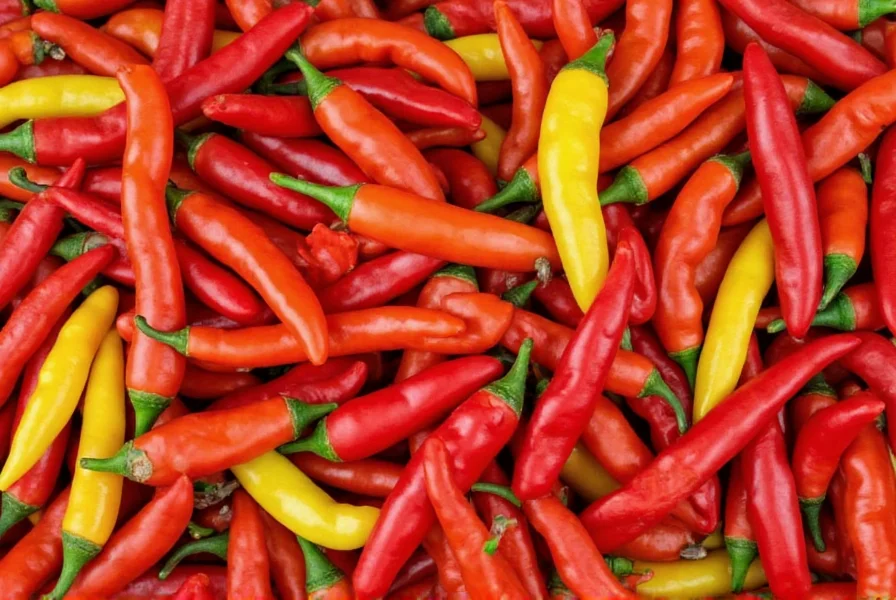









 浙公网安备
33010002000092号
浙公网安备
33010002000092号 浙B2-20120091-4
浙B2-20120091-4